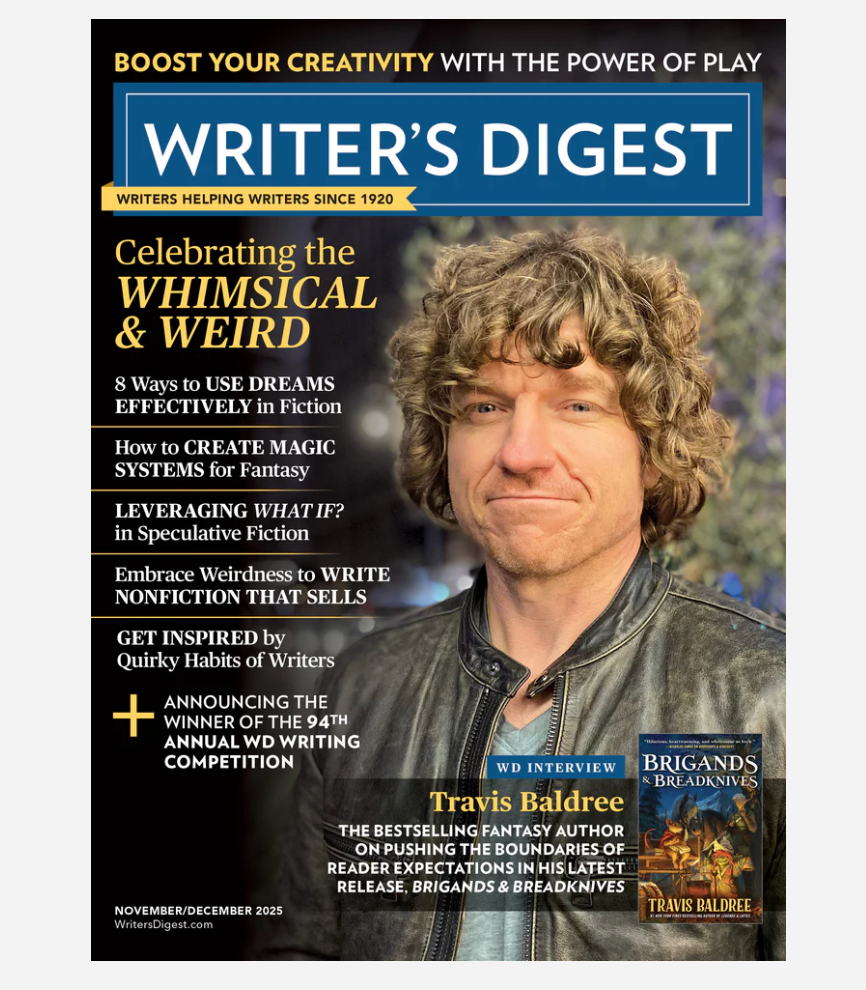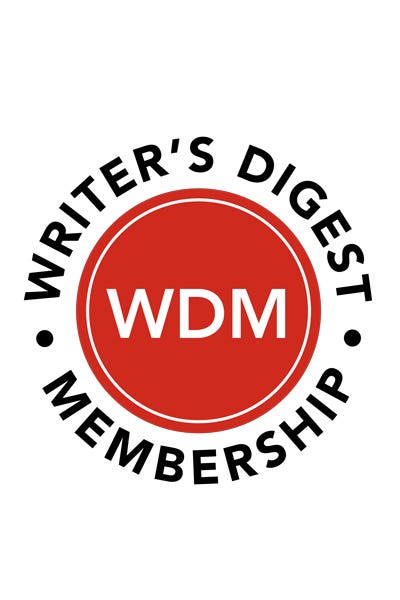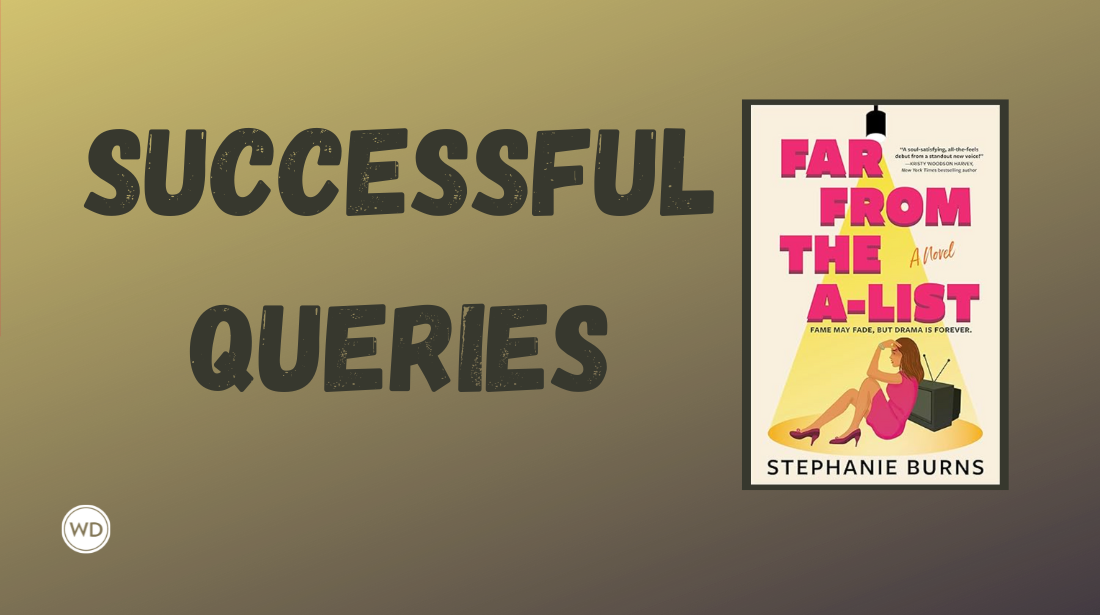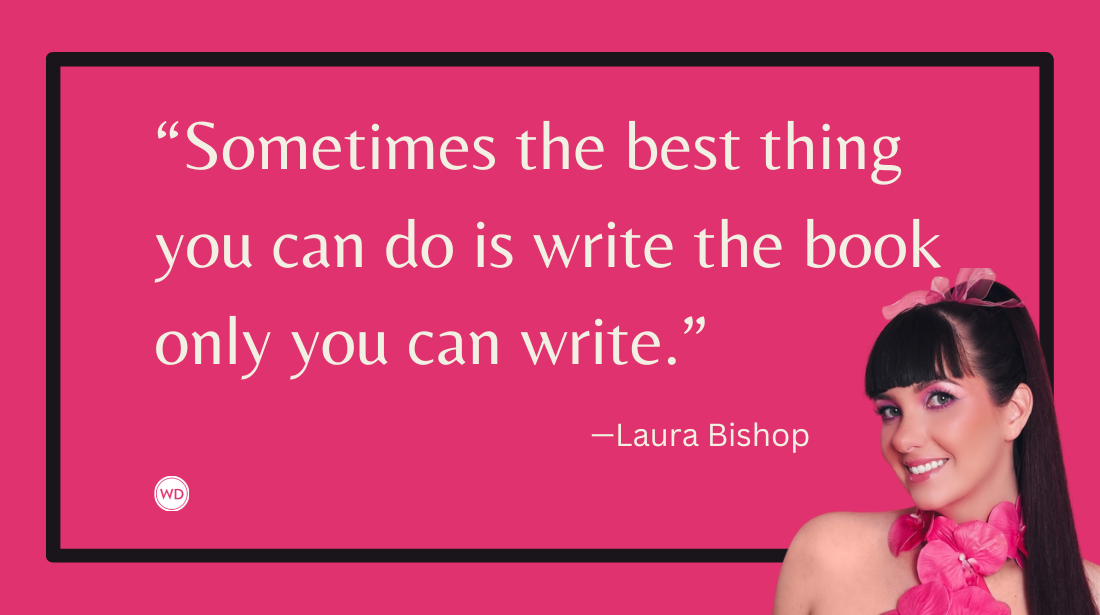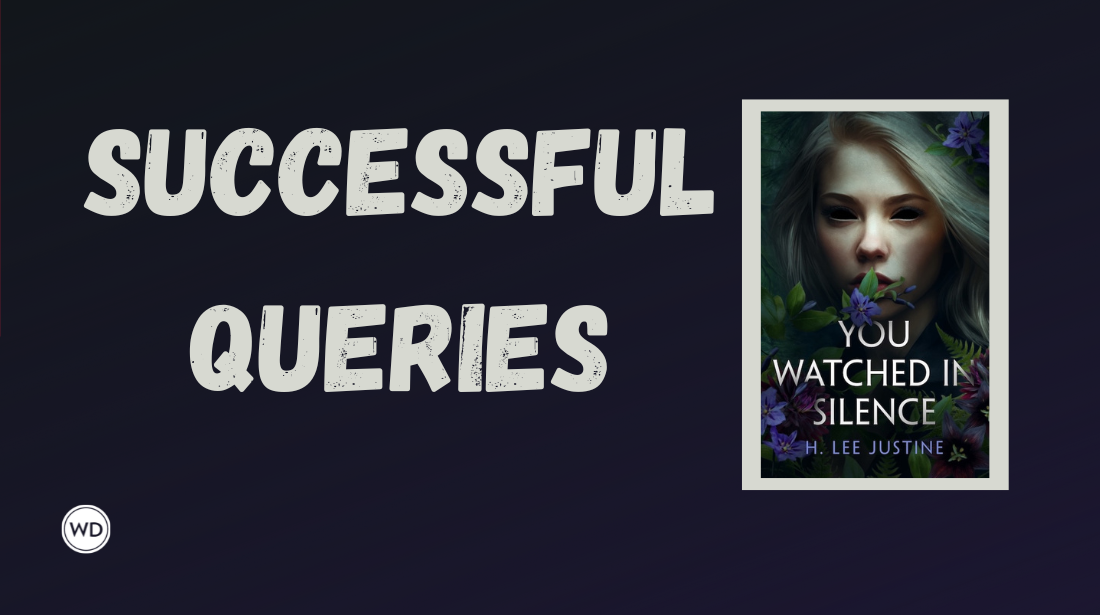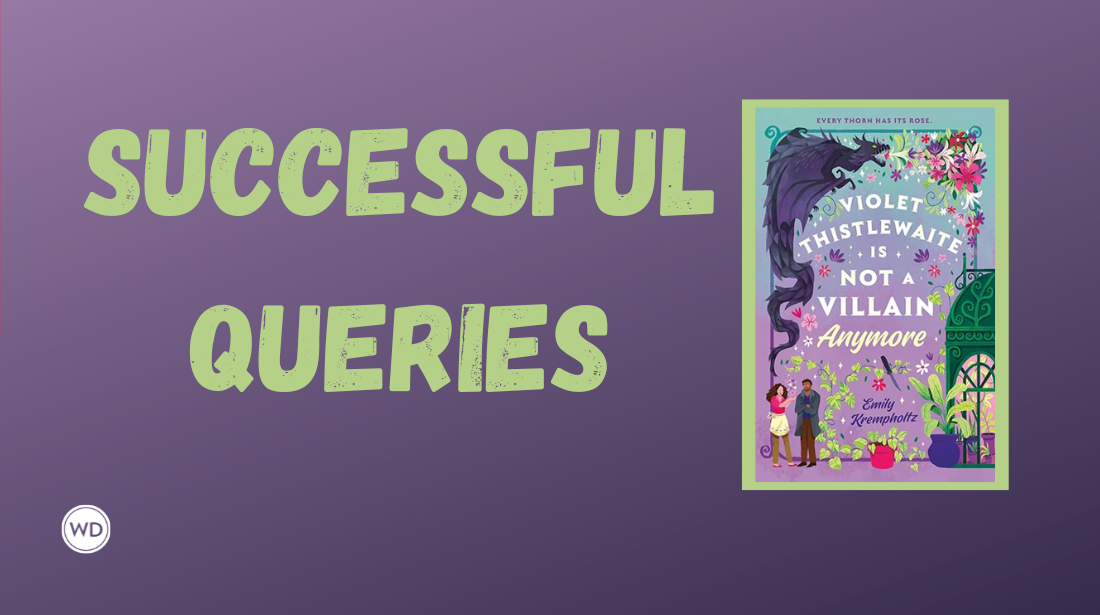Writing What Wants to Be Written
Author Angela Shupe celebrates the journey of her debut historical novel, including four lessons learned along the way.
Of all the advice I heard as I wrote my debut, In the Light of the Sun, Madeleine L’Engle’s is perhaps the one that best epitomizes my journey: “You have to write the book that wants to be written.”
As a child, I was captivated by the stories told to me by my mother and aunts about growing up in the Philippines and during WWII, as well as the stories of my aunt who went to Italy to voice train with their nonna, a former soprano who traveled the world performing with the Grande Compagnia d’Opera Italiana. At every visit, stories were shared about their loving father and family, their love of music, the fun and mischief they had, and their overcoming of harrowing times. All of it had a profound effect on me.
After college, I did editorial work for a publishing company and later worked as a communications coordinator for a school district. Writing was a part of my life. After having my children, I began freelance writing. I enjoyed writing articles and essays. But my mom’s story bubbled inside me, waiting to be written.
Slowly, I made my way into fiction. In 2010, I entered a short story into a fiction workshop. To my surprise, it was accepted. Noted short story author, Janos Shoemyen, ran the workshop and went back and forth with participants’ on their stories beforehand. The day of the workshop, we arrived, stories in hand, to read an excerpt selected by Shoemyen. Reading my writing to an audience was a new experience for me. The responses of the other writers sparked confidence in this fledgling fiction writer. Afterwards, Shoemyen kindly kept in contact with me to discuss writing. His great generosity and his encouragement to move ahead with my mom’s story bolstered me. His words echoed Madeleine’s.
After this, I participated in another short story workshop that took place over several months. It was a wonderful experience, and I began sending my stories out for publication. After many rejections, that initial story was published in a literary journal, followed by several others.
Years earlier, my mom had been diagnosed with Alzheimer’s. My curiosity about her life continued to grow through the many years she suffered. Then my closest friend, like a sister to me, died unexpectedly. Her loss shook me to the core. It was also oxygen to the glowing embers of my mom’s story. I felt an urgency to better understand my mom’s life as she was no longer able to share her stories.
After reeling from my friend’s death, I began researching the war in the Philippines. I also spoke with my aunts and godmother. Their kindness and generosity in sharing their experiences and memories of my mother encouraged me, and later helped shape the story that has become my debut.
I spent several years researching before I was confident enough to begin writing. In late 2015, I plotted the story then started writing. I finished the manuscript in mid-2016. Writing the last words, I felt an immediate sense of closure and finality. The characters’ voices that had lived in my head as I wrote were quieted. I celebrated with my husband, son, and daughter. Then I sought out a developmental editor. After reviewing the manuscript, this gifted editor sent me her editorial letter, and I got to work. I enjoyed this time and learned so much. I wrangled that manuscript into what I hoped would be a story desirable to agents.
Around the same time, I joined two organizations, the Women’s Fiction Writers Association and the Historical Novel Society. It was uplifting to meet other aspiring writers as well as some established authors. I swapped manuscripts with other members who acted as beta readers.
The story, set initially only in the Philippines, was one I believed would benefit from the broad reach of traditional publishing. So in 2018, I began querying agents. I received several full and partial requests, but no takers. The response was promising but bewildering. I dug in and revised the manuscript from its third-person limited omniscient point of view into a deeper POV and continued querying. This was met with a similar response. Discouraged, I paused my agent search. Meanwhile, I submitted the manuscript to a competition. I was delighted when it was selected as a semifinalist. Its placement was a boon as it spurred me on to continue pursuing publication.
After a lengthy setback due to unforeseen life circumstances, I determined to learn what would make the manuscript marketable. I contacted another editor I’d learned of from one of the workshops, one with significant experience. She asked to see my first pages. I was thrilled when she offered to assess the manuscript. Working with this fabulous editor was an invaluable experience. It was after this that I added a second POV, that of the protagonist’s older sister in Italy. At first I was reluctant, as I’d hoped to use it for a future manuscript but I pressed on. I’d already begun researching Italy. Now, I dove into research for this new narrative. Then, I started writing. Initially, this POV was written as journal entries. Eventually, I rewrote both narratives from the third person into first person.
Including both the younger and the more mature voice turned out to be the answer to my querying dilemma. Signing with my agent in early 2023 was a watershed moment. Later that year, I was overjoyed after meeting my editor and signing a contract with my publisher.
Along the way, I’d heard the advice to aspiring authors to set aside your first manuscript and move on to another. Wise advice that has served many authors. But, in Madeleine’s words, this was “the story that had to be written.” It simply wouldn’t let me go. Writing for publication has been a journey. I’m enormously grateful to everyone along the way who helped and mentored me.
My mom’s story inspired In the Light of the Sun. The idea that this story might encourage and inspire readers is beyond gratifying.
4 Lessons Learned During My Publication Journey
Invest in Learning
Writing a novel is a marathon. Just as you’d train for such an event, learning is crucial. Take classes, participate in workshops, and find a critique partner or group. You need others to help you hone your craft, to embolden you on this long road, and to help you learn the business of publishing.
Be Generous
Swap manuscripts, excerpts, queries, and pitches. It’s helpful to you and those with whom you swap writing. The journey is always more enjoyable with others than alone.
Be Willing to Pivot
Pivoting, when you’ve spent thousands of hours working on a manuscript, takes sheer willpower. But saying yes to things you may not have expected is essential to moving forward.
Take Time to Celebrate
With each draft finished, my family and I celebrated, often with Sanders Bumpy Cake. Michiganders know what I’m talking about—that chocolatey cake with buttercream tunnels glazed with rich chocolate ganache. Bumpy cake or not, be sure to celebrate the wins along the way. You’ve accomplished something truly amazing, and it’s worth celebrating before you continue along your journey to publication.
Check out Angela Shupe's In the Light of the Sun here:
(WD uses affiliate links)


